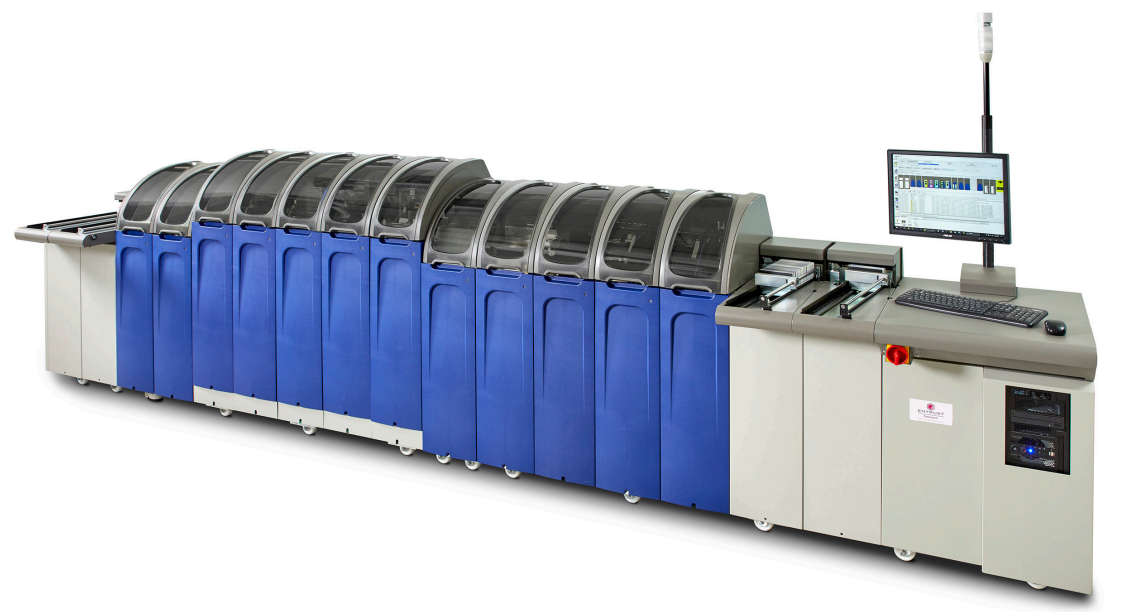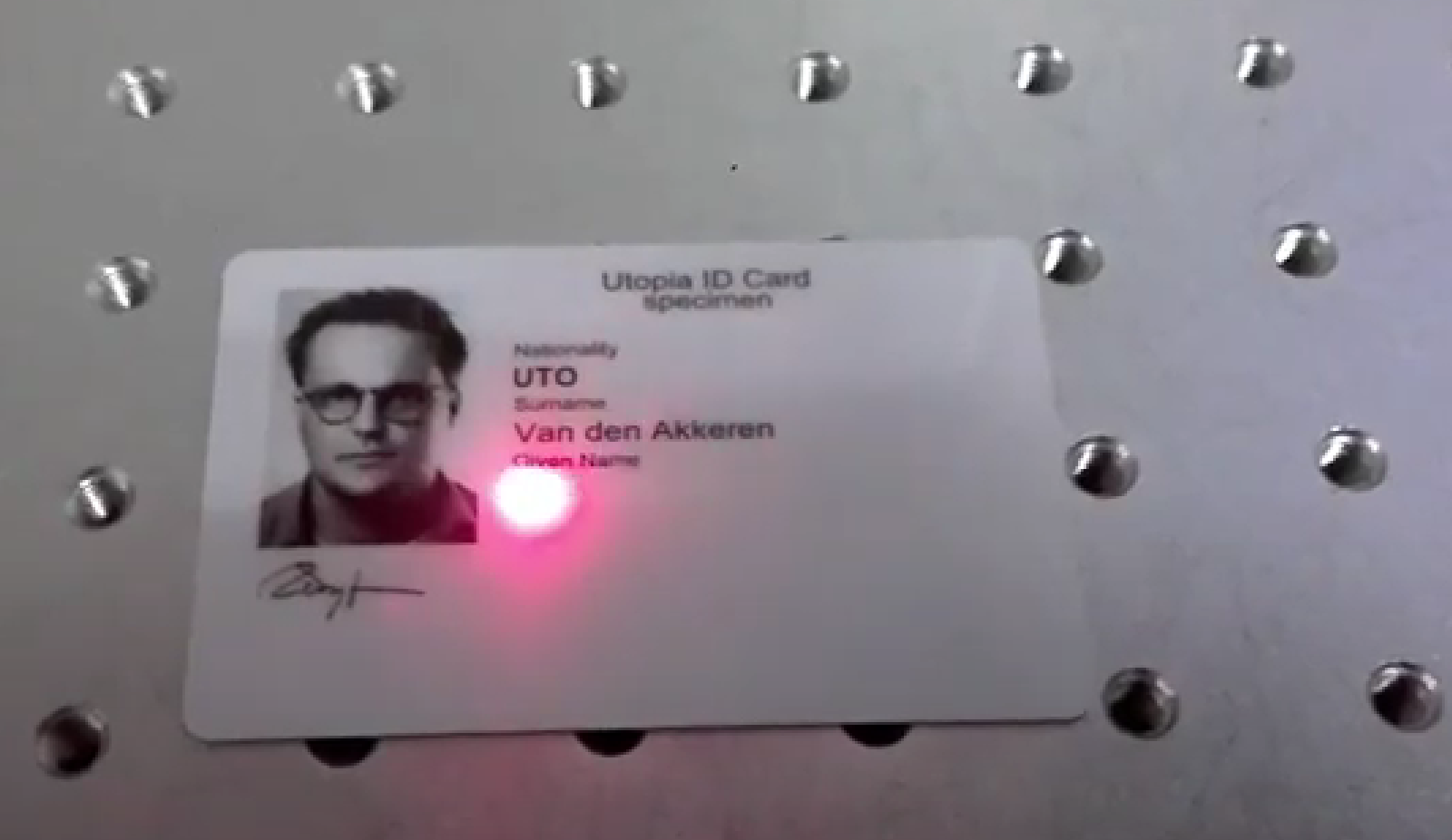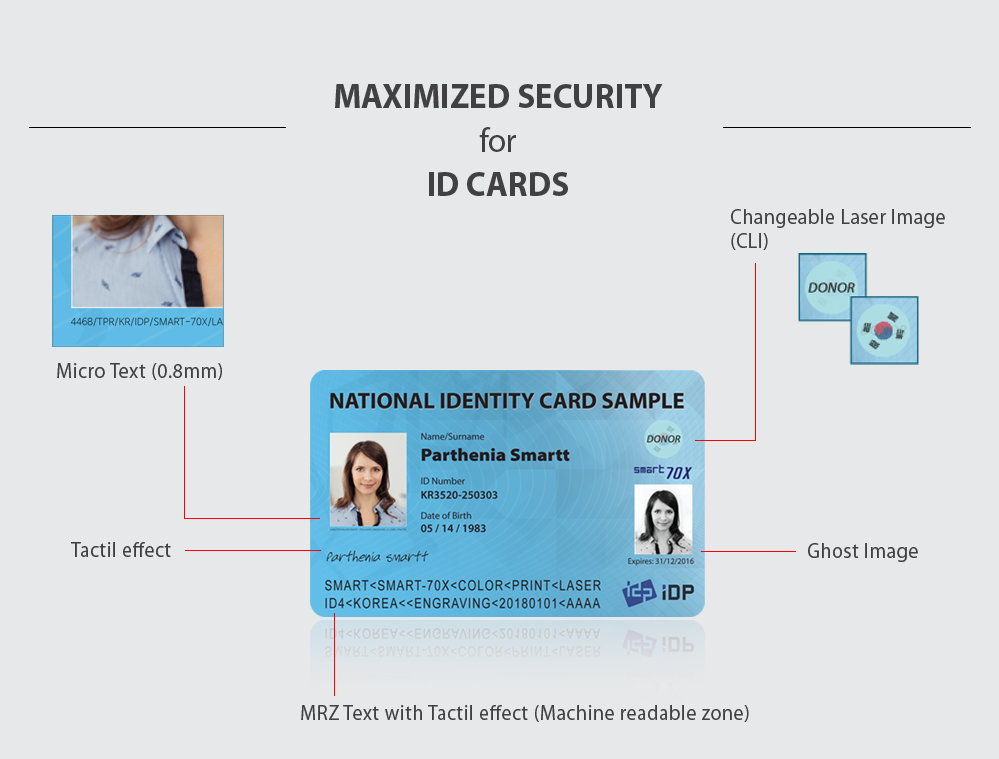As pointed out in the blog post Government Issued ID: Key Trends to Know Before Green Lighting New Projects, the government Identification (ID) market was largely spared from the global semiconductor chip shortage. While demand for government-issued smart cards is growing and will continue to keep growing, thanks to most COVID-19 travel restrictions being lifted, this also means smart card personalization players will face relentless competition. Gaining market share boils down to succeeding in four key areas: personalization flexibility, advanced printing technologies, additional security features, and scalable solutions.
Personalization Flexibility
Can your company personalize a wide range of government credentials, such as a passport, national ID, driver’s license, healthcare card, and voter cards? Does your solution accommodate different card materials? How about being able to support the requirements of contact, contactless, dual interface, or other smart card encodement? If your answer to any of these questions is a “no,” then your product is not flexible and interoperable. As a result, many governments will choose to ignore your offering and partner with vendors that can provide flexibility.
For example, Entrust’s PB8500 passport issuance system is considered one of the most flexible government card platforms on the market. Customers can use multiple input trays and selective picking software to support numerous types of booklets. The PB8500 system also encodes various manufacturer chips.
Figure 1: Entrust PB8550 Series Smart Card Personalization Platform (Source: Entrust)

Entrust also has its MX line, which is for non-passport government cards. Like its PB line, the platform contains multiple systems that can be tailor-made for specific technical capabilities, price points, and customized software.
Entrust, as well as German company Mühlbauer and Dutch company IAI Industrial Systems, have systems that support myriad card materials, including Polycarbonate (PC), Acrylonitrile Butadiene Styrene (ABS), and Polyethylene Terephthalate Glycol (PETG). This wide range of card material support is a major reason why these three vendors make up the top three market leaders in a recent competitive assessment compiled by ABI Research Digital Security Analysts Lucas Stewart and Phil Sealy.
Advanced Printing Technologies
The design of a government-issued card is perhaps one of the most important aspects of the vendor selection process. The print needs to be clear, durable, and have distinguishing features that make it unique. To make that all possible, the most innovative companies use advanced printing technologies like color Drop-on-Demand (DoD), inkjet with Ultraviolet (UV) curable ink, and laser engraving.
To illustrate, Entrust, which provides the highest quality printing solutions on the market today, combines laser engraving and DoD for inkjet, and hardens the ink with UV light. Entrust’s systems use both color printer and black and white printer modules. These technological integrations allow governments to produce personalized cards with the highest grade of color images.
Figure 2: PVC Laser Engraving for ID Card (Source: Fiber Laser Machine YouTube Channel)

Additional Security Features
Many travelers engage in high-risk behavior, making them vulnerable to actors that want to access information from passports. Passports, like other forms of government ID, contain personal information that criminals can use for malevolent purposes. For this reason, governments prioritize security. Holograms, perforations, windows, and a plurality of laser features are all examples of additional security features on which government smart card solution providers should focus.
As one example, Mühlbauer’s modular systems can implement a number of additional security measures, including inline lamination for security overlays and nine different laser types that personalize things like clear windows, picture in shadow, and secure clear image, among other features.
Swiss-based company Matica Technologies Group offers a broad range of additional security features for government ID cards thanks to its MC-LX desktop laser engraving module. Some of those features include micro-text concealed in the card design (visible by magnification), printing data with a UV ribbon (requires UV light to see), unique watermarks, ghost images, and Changeable Laser Imaging (CLI) and Multiple Laser Imaging (MLI). Although not on ABI Research’s list of innovative companies, South Korea-based printing card company IDP leverages similar security features, as can be seen in Figure 3. Still, other vendors like Atlantic Zeiser make use of an optional UV varnishing module, while others, such as Emperor Technology, employ layer laser engraving to make government ID cards tamper-proof.
Figure 3: Illustration of Smart Card Enhanced Security Features (Source: IDP)

Modularity and Scalability
Governments need modular systems for two chief reasons: flexibility and future-proofing. A modular card personalization system enables governments to issue cards more quickly and to conform to new ID credential requirements. Being able to upgrade or completely replace a module without the hassle and high costs is a significant selling point of an adaptive system.
And because modularity supports the integration of new personalization technology into existing systems, customers will find great value in the enhanced longevity of the product. A modular system allows for quick component swaps, can handle high-volume issuance, and supports a broad range of third-party features.
Learning from the Best
When looking for inspiration, it’s natural to be drawn to the most successful entities in whatever space you’re in. After all, they are the ones who found just the right “ingredients” or “formula,” or whatever you may want to call it.
Today, we took a look at some of the commonalities between the top leaders in the government ID personalization market. That way, you can identify what makes a great product. What can be gathered is that the most innovative government ID personalization systems are flexible, scalable, provide first-rate security, and make use of advanced printing technologies that deliver a pristine-looking card. To truly understand how to deliver on all these criteria, download the competitive assessment.





